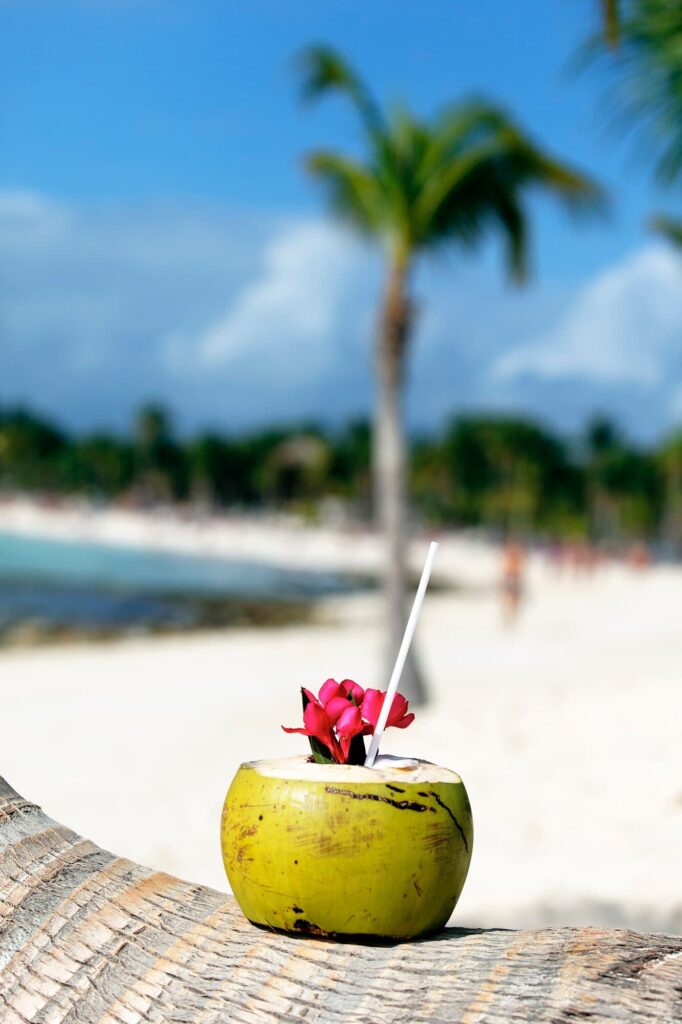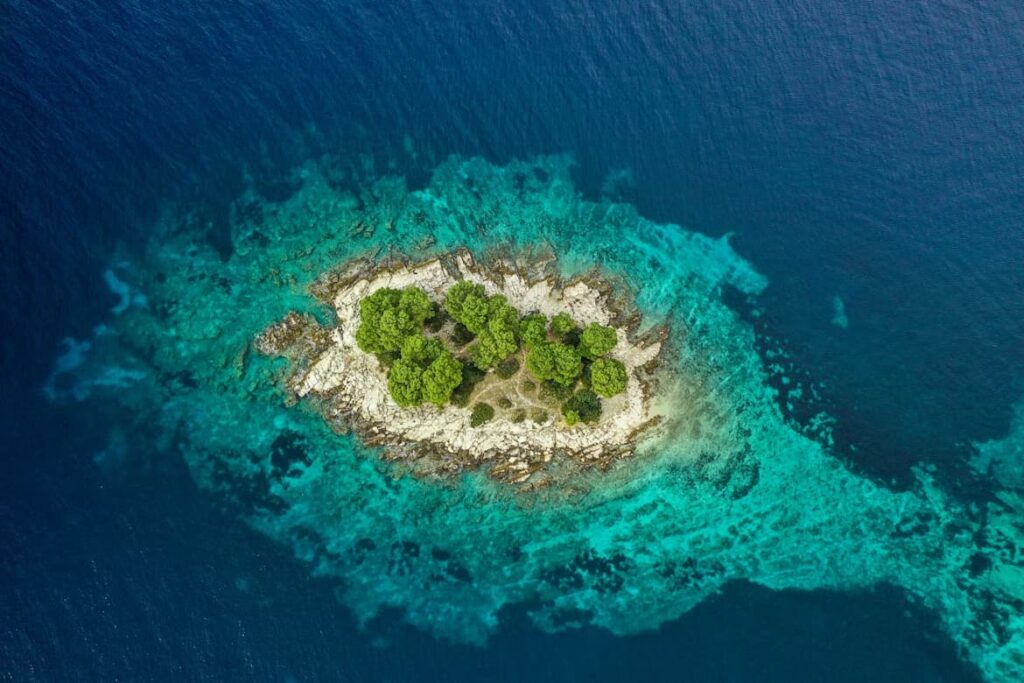As a travel blogger, my phone is my lifeline. It’s my camera, my map, my translator, my connection to you, and my window to the world. For over a decade of solo travel, being connected has been synonymous with being safe and savvy. But somewhere between posting a sunset story and planning the next island hop, I realized the connection I craved most was the one I was actively avoiding: the one with myself and the world right in front of me, unfiltered. The digital noise had become a constant hum, a background static to my adventures.
So, I decided to do something radical. I found a tiny, secluded bungalow on a small island off the coast of Espiritu Santo, an island with no Wi-Fi, unreliable cell service, and a population of fewer than two hundred people. I packed my journal, a few books, and a healthy dose of anxiety. For seven full days, I would go completely dark. No phone, no laptop, no screens of any kind. This wasn’t just about putting my phone down; it was about picking my head up and seeing what I had been missing.
The Deafening Silence of the First 48 Hours
I expected immediate bliss. I envisioned myself meditating peacefully on the beach as hermit crabs skittered by. The reality was a jarring shock to my system. The first two days were not peaceful; they were loud with the absence of distraction. My brain, so accustomed to a constant drip-feed of information and validation, went into withdrawal. I felt phantom vibrations in my pocket where my phone used to be. I’d finish a simple meal and my hands would instinctively search for a screen to scroll.
The silence was immense and, frankly, uncomfortable. It amplified my own thoughts until they were a roaring cacophony. What was happening in the world? Did I get that important email? What were my friends doing? The FOMO (Fear Of Missing Out) was a physical ache. I paced my small bungalow, I organized my backpack three times, and I stared at the ocean feeling not awe, but a profound sense of being unmoored. It was in this initial, challenging phase that I learned my first lesson: our devices don’t just fill time, they shield us from the intimidating vastness of our own minds and the unstructured reality of the world. We are not just addicted to the connection, but to the distraction.
Recalibrating My Senses and Finding a New Rhythm

By day three, something began to shift. The mental static started to fade, replaced by the actual sounds of the island. I began to notice things with a new, almost child-like clarity. The way the morning light filtered through the woven walls of my bungalow. The complex, chirping symphony of unseen insects in the jungle. The specific shade of blue the water turned just before the sun dipped below the horizon. My senses, long dulled by the harsh blue light of a screen, were reawakening.
My days fell into a natural rhythm dictated by the sun and the tides, not by a digital calendar. I woke with the sunrise and walked the beach. I spent hours watching a local family mend their fishing nets, eventually being invited to help, my clumsy fingers a source of gentle amusement. The simple, repetitive task was more meditative than any app I’d ever downloaded. My daily “checklist” transformed.
- Instead of scrolling through a news feed, I read the clouds to predict the afternoon rain.
- Instead of listening to a podcast, I listened to the village elder’s stories of the island’s history.
- Instead of taking hundreds of photos, I committed one perfect sunset to memory.
- Instead of consulting a digital map, I learned to navigate by the position of a gnarled banyan tree.
This wasn’t about rejecting technology; it was about rediscovering the analog tools we all possess. My eyes became my camera, my ears my podcast, and my conversations my connection. The experience of connection became deeper, more tangible, and infinitely more rewarding.
The Three Truths I’m Taking Back to the Connected World
Returning to the digital world was as jarring as leaving it. But I didn’t come back empty-handed. I brought back more than just a tan and a few mosquito bites; I brought back a new perspective grounded in three profound truths.
First, boredom is not a void to be filled but a space to be explored. We have become so terrified of being bored that we fill every spare second with digital clutter. But it was in those “boring” moments—staring at the sea, waiting for a boat—that my most creative ideas surfaced and my mind felt the most at peace. Boredom is the precursor to creativity and self-reflection.
Second, true connection requires undivided attention. I had more meaningful conversations in one week with near-strangers than I’d had in months of online interactions. Looking someone in the eye, listening without the impulse to check a notification, and sharing a physical space creates a bond that a “like” or a “comment” can never replicate.
Finally, I learned that my relationship with time was broken. I used to see my days as a series of tasks to be completed and optimized. On the island, time became fluid. It expanded and contracted. An hour spent watching the tide come in wasn’t an hour “wasted”; it was an hour lived fully. This experience recalibrated my internal clock, teaching me to be present in the moment rather than constantly rushing toward the next one. I haven’t abandoned my phone, but my week of silence changed how I use it. It’s once again a tool, not a master. And I now know that the most important updates don’t happen on a screen. They happen in the quiet moments when you finally dare to disconnect.
